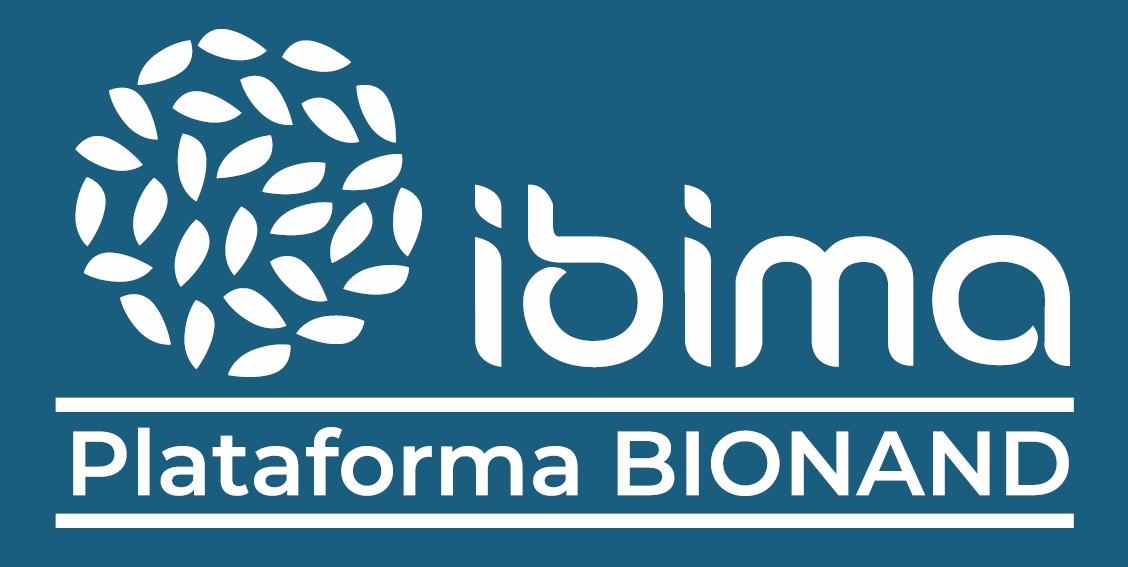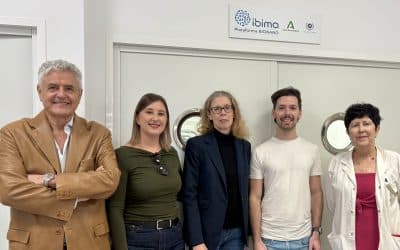Scientists have shown in animal models that the transformation of white fat to beige fat has been shown to reduce body weight gain.
Researchers from the ‘Endocrinology and Nutrition, Diabetes and Obesity’ groups in collaboration with the ‘Diabetes and its Comorbidities: prevention and treatment’ group, from the Biomedical Research Institute of Malaga and the Nanomedicine Platform (IBIMA Plataforma BIONAND), and from both the Clinical Management Unit of the Regional University Hospital of Malaga and the Virgen de la Victoria University Hospital, have unveiled an innovative study that could open up new avenues in the fight against obesity.
The study, which was recently published in the American journal ‘Biomedicine & Pharmacotherapy’, details the development of a revolutionary nanosystem based on a microRNA molecule - a small RNA molecule - and gold nanoparticles that blocks weight gain in an animal model of obesity - specifically, in mice - by stimulating the conversion of white fat, whose main function is energy storage, into beige fat, known for its role in energy expenditure. This is a process called browning, because beige fat cells are darker in colour than white fat cells, a fact that occurs due to the presence of more mitochondria and the expression of a protein called uncoupling protein 1 (UCP1), which gives them the ability to generate heat through a process called thermogenesis.
The management of obesity represents a challenge in clinical practice, as current therapeutic options often produce limited and unsustained results. Despite significant progress in the understanding of this condition, current knowledge is insufficient to effectively address this epidemic. Therefore, there is an urgent need to explore new therapies to prevent and treat obesity.
This new approach, which uses a molecule identical to a human microRNA delivered by a system based on gold nanoparticles and surfactants, is a promising alternative. The uniqueness of this treatment lies in its ability to specifically target fat, thus avoiding reaching other organs and minimising possible undesirable adverse effects.
In addition, this study has led to the registration of two patent families, which underlines its relevance and market potential, and increases the interest of companies in the research and encourages the results to reach patients as a new anti-obesity therapy in the future.
The researcher who led the study, Rajaa El Bekay, from the Endocrinology and Nutrition, Diabetes and Obesity group, said that ‘among the highlights of the research is that the treatment of obese mice with this nanosystem allowed a reduction of approximately 7% in body weight gain, thanks to the increase in body metabolism. In addition, El Bekay noted that ‘the natural affinity of the nanosystem for adipose tissue allowed the microRNA molecule to be highly concentrated in fat’.
According to the research team behind this work, it represents a research breakthrough that could pave the way for new, safer and more effective therapeutic approaches in the treatment of obesity. The researchers plan to continue exploring the potential of this nanosystem in future clinical studies.
Researchers from the University of Malaga, Seville and Cordoba, and the Centre for Biomedical Research Network on Rare Diseases (CIBERER) have also collaborated in this study.



